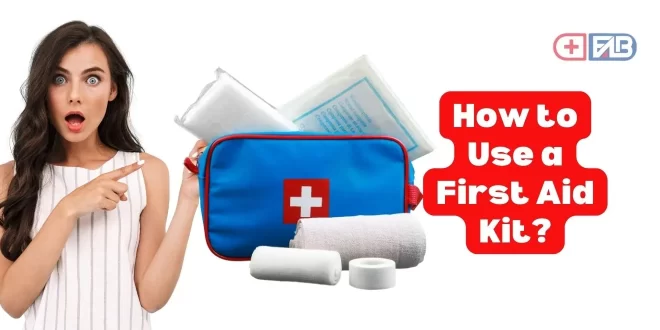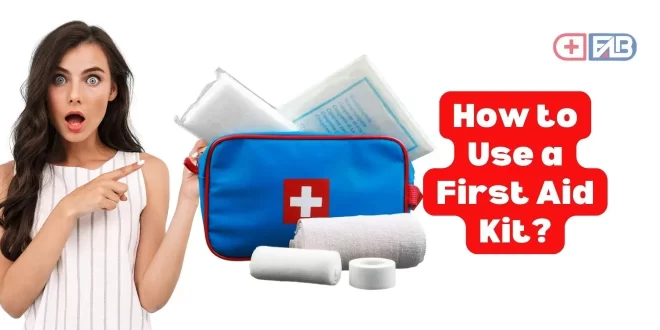
A first aid kit is a must-have for any household, workplace or outdoor adventure. It contains essential supplies for treating injuries and illnesses, and can be a lifesaver in emergencies. However, simply owning a first aid kit is not enough – you need to know how to use it effectively. In this article, we’ll guide you through the steps of making the most of your first aid kit.
Step 1: Familiarize yourself with the contents of your kit
Before an emergency occurs, take some time to familiarize yourself with the items in your first aid kit. Check the expiration dates of medications and ointments. And replace any items that are outdated. Also, make sure you have the necessary items for your specific needs. For example, if you have a pet, you may want to include items for their care.
Step 2: Keep your first aid kit easily accessible
In an emergency, you don’t want to waste time searching for your first aid kit. Keep it in a central location where it’s easily accessible, and make sure everyone in your household or workplace knows where it is. If you’re on the go, keep a smaller first aid kit in your car or backpack.
Step 3: Learn basic first aid skills
Even if you have a well-stocked first aid kit, it’s important to know how to use the items in it. Take a first aid course or watch online tutorials to learn basic skills such as CPR, bandaging, and wound cleaning. This will not only help you use your first aid kit more effectively, but also make you better prepared to respond in an emergency.
Step 4: Use your first aid kit to treat minor injuries
Minor injuries such as cuts, scrapes, and burns can. Often be treated with the items in your first aid kit. Keep a supply of bandages, antiseptic wipes, and pain relievers on hand for these types of injuries. This not only saves you a trip to the doctor, but also reduces the risk of infection and further complications.
Step 5: Know when to seek professional medical help
While a first aid kit can be a lifesaver in an emergency, it’s important to know when to seek professional medical help. Injuries such as broken bones, severe bleeding, and head trauma require immediate medical attention. If you’re not sure whether an injury requires professional help, err on the side of caution and seek medical attention.
Here are some additional tips on how to make the most of a first aid kit:
Customize your kit based on your needs:
A pre-made first aid kit may not always have all the items you need. Customize your kit by adding items specific to your needs, such as medications for allergies, asthma or other chronic conditions.
Restock your kit regularly:
Check your first every few months and restock. Items that have been used or are expired. Make a note of items that need to be replaced and restock. Them as soon as possible to ensure that your kit is always ready for an emergency.
Store your kit properly:
Keep your first in a dry, cool and dark place, away from direct sunlight or moisture. This will help preserve the quality and effectiveness of the items in your kit.
Consider a first aid kit for your pet:
If you have pets, consider getting a first specifically designed for them. This will include items such as tweezers for removing ticks, paw pads, and medications for common pet ailments.
Have a plan in place:
Make sure that you have a plan in place for emergencies. This includes knowing when to call 911 or go to the emergency room, having emergency contact numbers on hand, and knowing how to perform basic first aid.
Train others to use the kit:
It’s important that other members of your household or workplace know how to use the first . Consider providing basic first aid training for your family or colleagues. So that everyone is prepared to respond in an emergency.
By following these tips, you can ensure that your is always ready for an emergency and that you are able to use it effectively. Remember, a first can be a lifesaver in an emergency, but it’s only as effective as the person using it. Be prepared, stay calm, and act quickly when an emergency arises.
In conclusion, a first aid kit is an essential tool for any household, workplace or outdoor adventure. By familiarizing yourself with its contents, keeping it accessible, learning basic first aid skills, treating minor injuries, and knowing when to seek professional help.
having a well-stocked and well-organized first aid kit. By following these tips, you can make the most of your first and ensure that you have everything you need to handle a variety of emergencies. Remember to keep your kit up to date and periodically.

